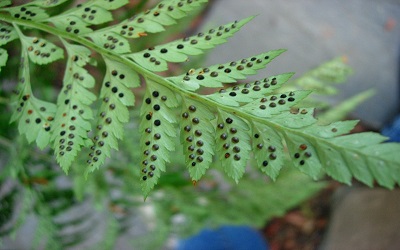PTE考生目前最大的问题之一就是练习题缺乏。除了有限的基本官方书(PLUS,Testbuilder, OG)之外,就没有题了。很多英语基础不是很扎实的同学很难找到练习材料。墨尔本文波雅思PTE培训学校专门为墨尔本,悉尼PTE考生准备了适合PTE听力阅读练习的科学60秒。各位PTE同学可以练习PTE听力中的summarise spoken text和PTE口语中的retell lecture,练习记笔记技巧和复述。废话少说,下面开始:
60秒科学:Plant-Spores-Hitch-Long-Distance-Feather-Rides
听力内容:
60秒科学节目(SSS)是科学美国人网站的一套广播栏目,英文名称:Scientific American – 60 Second Science,节目内容以科学报道为主,节目仅一分钟的时间,主要对当今的科学技术新发展作以简明、通俗的介绍,对于科学的发展如何影响人们的生活环境、健康状况及科学技术,提供了大量简明易懂的阐释。
You could be in the Arctic and spot some moss. And then you could be at the tip of South America and spot the same kind of moss and never find it in between. So how did this particular plant get so well-traveled? Turns out it flew.
We’ve long known that birds spread seeds. But new research says migrating birds also spread microscopic spores.
The birds harbor tiny parts of plants and lichens in their feathers, setting up similar colonies thousands of miles apart. That’s according to a study in the journal PeerJ.
Scientists inspected feathers from birds in the Arctic that were about to leave for South America. Fragments from mosses, algae, lichens and liverworts were trapped in the feathers. All of which can grow into new whole organisms.
The researchers think that long-distance fliers such as the American golden-plover and the white-rumped sandpiper picked up the spores while lining their nests. Then when the birds arrive in new places they molt, leaving behind the feathers and their precious cargo to start growing again at the other end of the world.
–Erika Beras





